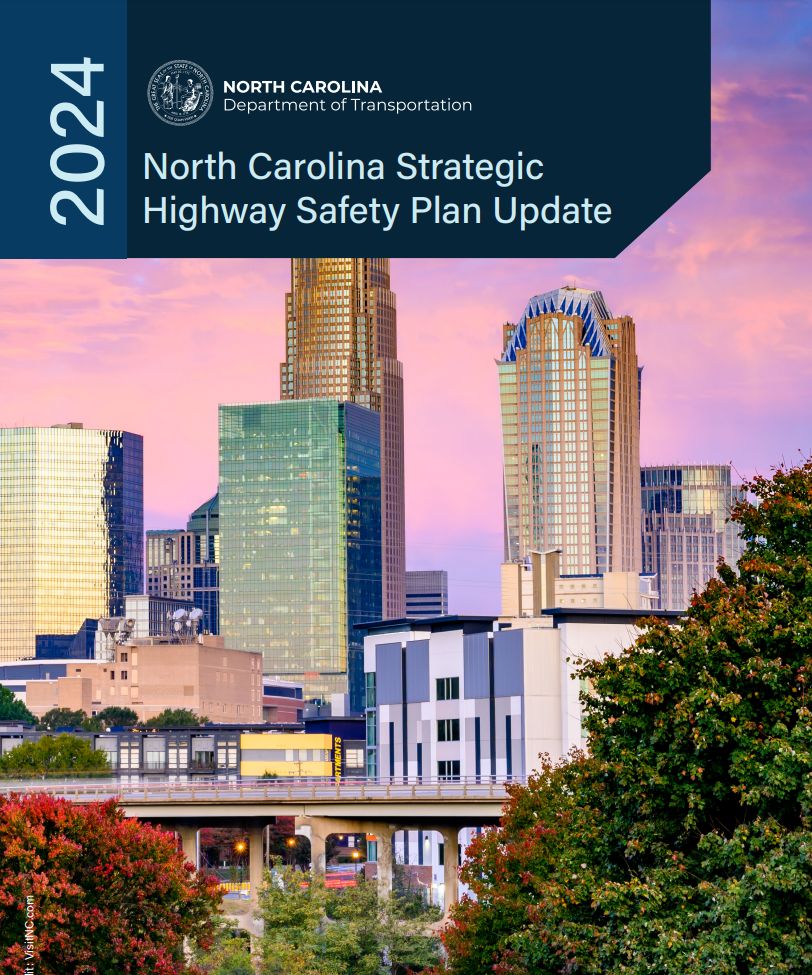 Click to enlarge to read
Click to enlarge to read
The North Carolina
Strategic Highway Safety Plan is a multifaceted, forward-facing approach to improve safety for all users on roadways throughout the state.
The plan includes an examination of crash trends, social and demographic trends, equity considerations and other statewide and local safety-related plans. It describes priority emphasis areas in road safety and provides strategies and action steps to address these areas.
Priority emphasis areas include:
- Lane departure
- Intersections
- Pedestrian safety
- Child car seats
- Seat belts
- Substance impaired driving
- Safer speeds
- Older drivers
- Younger drivers
- Motorcyclists
The Strategic Highway Safety Plan is a collaborative effort led by the N.C. Department of Transportation, involving over 75 safety partners, including city governments, metropolitan and rural planning organizations, public health agencies, advocacy groups, and others. NCDOT will use the plan and work with its safety partners towards the 2035 goal of reducing fatalities and serious injuries by half, moving towards a goal of zero by 2050.
The plan also includes a
Vulnerable Road User Safety Assessment as part of the pedestrians, bicyclists and personal mobility emphasis area. The Vulnerable Road User Safety Assessment includes a data-driven analysis of vulnerable road users (generally understood to be pedestrians and bicyclists) and a list of strategies for addressing identified deficiencies. The pedestrians, bicyclists and personal mobility emphasis area includes additional strategies developed by the plan’s emphasis area working groups. These working groups complement the strategies of the Vulnerable Road User Safety Assessment.
The Strategic Highway Safety Plan is updated every five years to reflect shifts in safety trends and emphasis areas. The 2024 plan is the fifth version of the plan since 2004 and is an update to the 2019 plan.